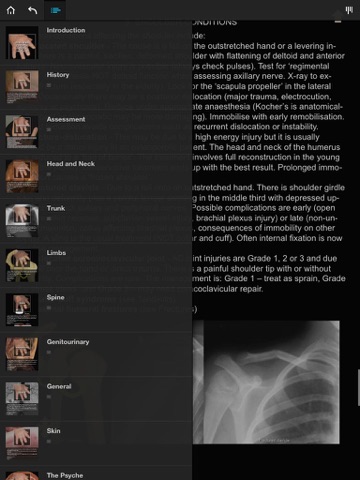
Exploring Essential General Practice app for iPhone and iPad
Developer: Dartos Contractors
First release : 14 Sep 2011
App size: 74.17 Mb
The technique of history taking, combined with the art (and skill) involved in physical examination, still remains the basis of diagnosis (despite advances in medical technology). This process requires correlation and interpretation of the patients symptoms and signs. The skill is in placing these factors in proper perspective.
General practitioners, as the first port of call, need to be able to triage the patients they see. They cannot afford to do a full history and examination on every patient, for many reasons. Hence one of their great skills is in differentiating the less serious from the serious complaints - and dealing with each appropriately. New patients with a possible serious illness will undergo a rigorous assessment. Patients who are well-known and present with a relatively trivial complaint, will require less assessment - but with adequate followup to ensure nothing is missed. This is the art and skill of general practice that requires the highest levels of organisation and intepretation in medicine.
This program attempts to travel a difficult road - to be applicable in its content to clinical students, college trainees - plus general practitioners in need of revision. The medical conditions explored are limited to the common (or important) conditions encountered by the target audience. It is not a reference text.



